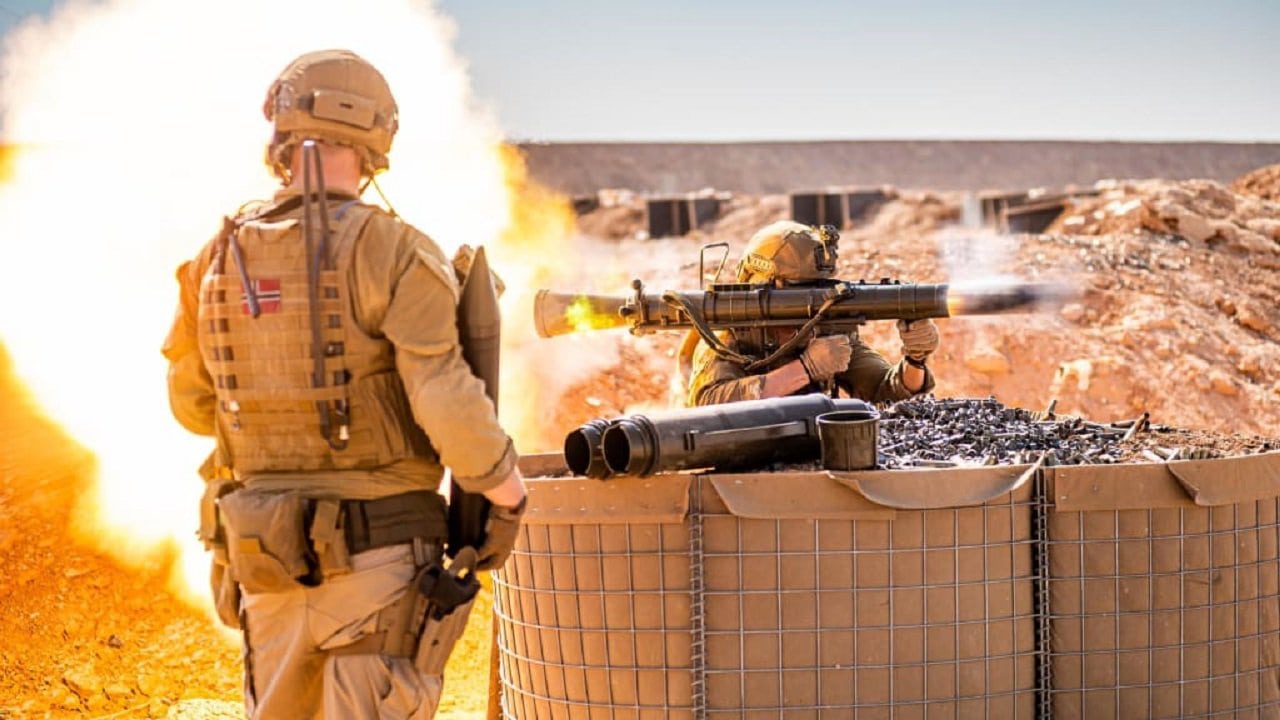When Russian forces first invaded Ukraine last February, many analysts believed Kyiv would fall rather quickly. The Kremlin has long touted its “top-of-the-line” modern weapons, heavy machinery, and airframes as formidable and robust.
However, even the best of Russia’s main battle tanks (MBTs), airframes, and other weaponry have not performed as well as expected throughout the conflict.
For nearly eighteen months, Moscow’s armored vehicles have perhaps suffered the most at the hands of Ukraine’s forces. Some estimates suggest that more than half of Russia’s modern tank fleet has been destroyed, captured, or left behind by ill-equipped soldiers on the front lines.
In February, the International Institute for Strategic Studies indicated that 50 percent of Moscow’s T-72B3 and T-72B3M tanks have been destroyed, in addition to roughly two-thirds of the country’s T-80BV/U MBTs. These numbers will only rise as Kyiv continues its counter-offensive.
Dissecting the Numbers
While Ukrainian sources detail that Russia has lost upwards of 3,000 tanks since the onset of the war, these numbers should not be relied upon as factual. Both Moscow and Kyiv have reported misleading figures during the war in efforts to aid their respective war agendas.
It is very challenging to ascertain the exact figures surrounding weaponry losses and casualties as both countries have reasons to exaggerate them. Third-party open-source intelligence organizations, like the Netherlands-based Oryx group, are perhaps the best avenue to use to find more solid figures.
Last month, Oryx reported that Moscow’s total tank loss likely lingers around 2,000. According to the website, of the 2,000 losses, around 1,239 were destroyed, 106 were damaged, 113 were abandoned, and 544 were captured by Ukrainian forces.
Why Have Russian Tanks Been So Easily Captured?
Lacking the fuel, logistical support, and maintenance information needed to sustain modern tanks, plenty of Russian soldiers have simply left behind armored vehicles to be captured. Various reports detailed instances of tanks running out of fuel (a logistical error), or running aground in the mud (lack of knowledge) in Ukraine. Other tanks, as detailed in a BBC report, have been left behind due to bad driving.
According to a professor of strategic studies at St. Andrews University, “Some have been driven off bridges. Others have been driven into ditches so that the tracks have come off. The ability of the troops to use their equipment has been lacking. But often, soldiers have simply abandoned their vehicles and fled.”
Kyiv Possesses Solid Tank-Killers
A solid portion of Russian tanks that evaded capture or abandonment have been wiped out by the advanced anti-tank weaponry provided to Kyiv by the U.S. and other North Atlantic Treaty Organization (NATO) members. Perhaps the most effective tank-killer tool Ukraine possesses is the Javelin.
With capabilities like the “fast-lock” targeting technology and longer-range, the American FGM-148 has proven to be a lethal asset for Ukrainian forces. In fact, so many Russian tanks have suffered from the Javelin and its similar counterparts that the Kremlin has had to rely heavily on antiquated Soviet-era MBTs to support its front lines.
Now that the American M1 Abrams, German Leopard 2, and British Challenger tanks are set to arrive in Ukraine in the upcoming months, Moscow’s aging tank fleet will likely fare even worse than before.
Maya Carlin, a Senior Editor for 19FortyFive, is an analyst with the Center for Security Policy and a former Anna Sobol Levy Fellow at IDC Herzliya in Israel. She has by-lines in many publications, including The National Interest, Jerusalem Post, and Times of Israel. You can follow her on Twitter: @MayaCarlin.
From 19FortyFive
Donald Trump Just Got Caught in a Big Lie

